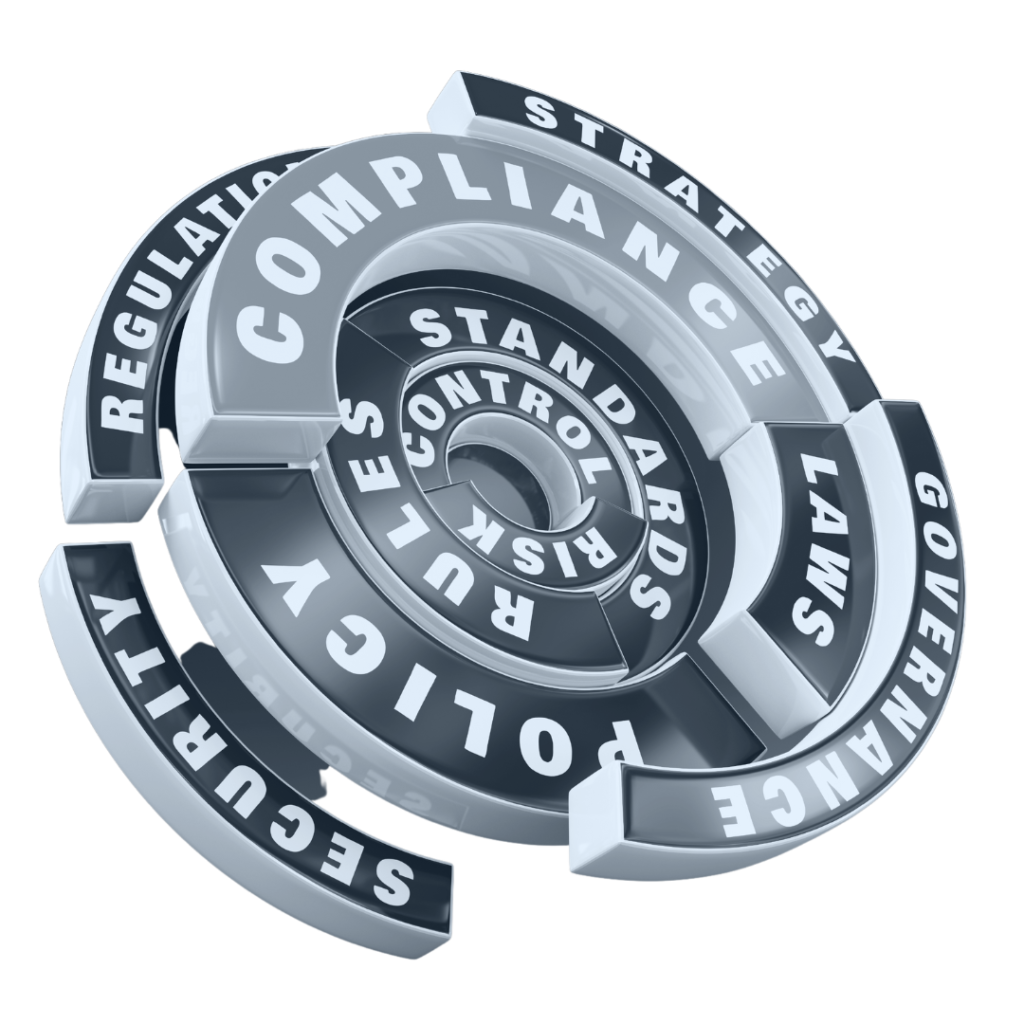
WIP Governance Risk Compliance (GRC)
WIP Governance Risk Compliance solution for Qlik automates, monitors and controls all GRC requirements
Governance Risk Compliance Software

Governance, risk, and compliance (GRC) software is a type of software that helps organizations manage their compliance with various regulations and standards, such as financial regulations, data protection laws, and industry-specific regulations.
GRC software typically includes tools for monitoring and assessing risks, managing policies and procedures, tracking incidents and issues, and documenting compliance efforts. It helps organizations identify and address potential compliance violations before they occur, and provides a central repository for all compliance-related information, making it easier for organizations to demonstrate their compliance with regulations and standards.
Overall, GRC software helps organizations maintain effective governance, minimize risk exposure, and ensure compliance with regulations and standards. It is commonly used by organizations in highly regulated industries, such as finance, healthcare, and government, as well as by organizations of all sizes seeking to enhance their overall risk management and compliance efforts.
The Value Of Governance Risk Compliance
The value of Governance Risk Compliance (GRC) lies in its ability to help organizations ensure compliance with regulatory requirements, mitigate risks, and improve overall governance processes.
Here are some specific ways in which GRC can add value to an organization:
01 | Ensuring Compliance
Governance Risk Compliance software helps organizations stay compliant with regulations and standards by providing a centralized platform to manage and monitor compliance-related activities, such as policies and procedures, training, and audit trails. By ensuring compliance, organizations avoid the costly fines and reputational damage that can result from non-compliance.
02 | Mitigating Risks
Governance Risk Compliances software enables organizations to identify, assess, and mitigate risks across the enterprise. By implementing a risk-based approach to decision-making, organizations can proactively manage risks and reduce the likelihood of adverse events occurring.
03 | Improving Governance Processes
Governance Risk Compliance software facilitates better governance by providing a framework for decision-making and oversight. By automating key governance processes, organizations can improve efficiency, reduce errors, and enhance transparency.
04 | Enhancing Performance
Governance Risk Compliance software can help organizations improve performance by providing real-time visibility into key metrics and enabling continuous monitoring and reporting. By tracking and analyzing performance data, organizations can identify areas for improvement and implement targeted interventions to drive performance.
Overall, the value of Governance Risk Compliance lies in its ability to help organizations manage risk, ensure compliance, and improve governance processes, ultimately leading to better business outcomes.
Learn more about our Agile Governance Risk Compliance Solutions for Qlik
Contact Us For A Demo
Contact us for a demo, POC and implementation of your Governance Risk Compliance solution for Qlik.



